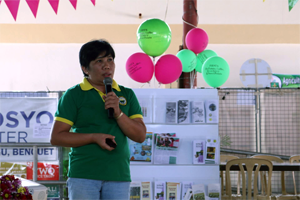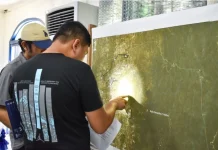An effective way to use tissue technology in strawberry production has been developed by Benguet State University.
Milagros Dumaslan says the tissue culture technology can increase strawberry production by 98-105% compared with the conventional method of strawberry farming.
Funded by the Commission on Higher Education (CHEd) and started in 2006, the project was the first to introduce tissue culture technology to the farmers in the area. They were initially skeptical to adopt the technology but later on realized that it was beneficial as it could help increase their harvest.
Unlike the conventional method, which can produce only 15-35 runners, tissue culture technology can increase it to 100-250 runners. This means that more fruits can be harvested in the long run.
With tissue culture, planting materials are also made readily available. These can be bought bare rooted at Php5/pc or plant potted at Php15/pot.
Tissue culture materials or plantlets are also available for Php150/bottle. Farmers are taught to acclimatize the tissue cultured plantlets and sell the fully developed plantlets for Php50 per mother plant with 3-5 runners. The plantlets can later on be used for runner production.

According to Dumaslan, elevation and temperature are two important factors for the successful growth of strawberries. A maximum of 25 degrees Celsius is ideal. Strawberries which are grown in areas with warmer temperature are smaller and pale compared with those grown on highlands.
Dumaslan presented her insights at the Highland Agriculture, Aquatic and Natural Resources Research and Development Consortium (HAARRDEC) series of techno-forums which highlighted selected agricultural commodities during the celebration of the Farms and Industry Encounters through the Science and Technology Agenda (FIESTA). FIESTA, a technology diffusion strategy, is conceptualized by the Philippine Council for Agriculture, Aquatic and Natural Resources Research and Development of theDepartment of Science and Technology (DOST-PCAARRD).













